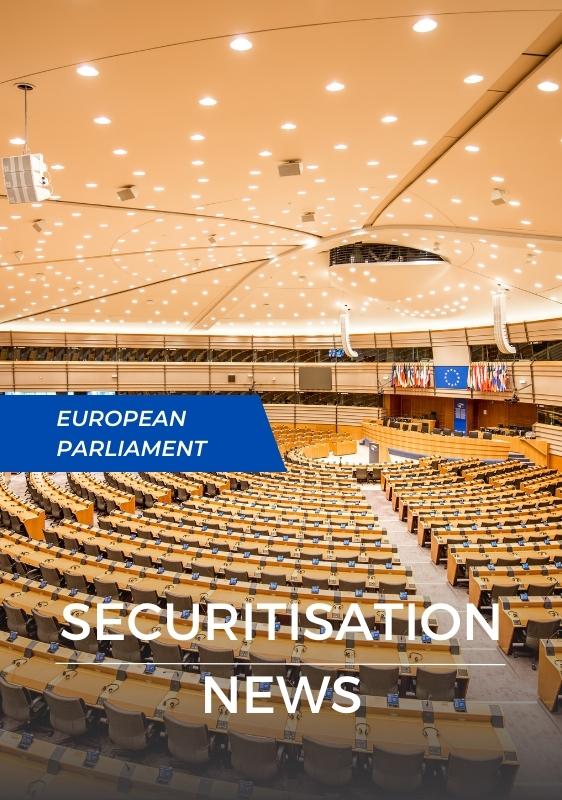Yesterday, the ECON committee of the European Parliament pushed back to November 9th a key meeting to agree their version of the proposed amendments to the STS Regulation. This delay further reduces the already slim chances of the proposed changes beating the Brexit deadline for incorporation into the UK’s securitisation regime.
For those who are not experts in the intricacies of placing European laws on the statute books, the key is to remember that under the UK Withdrawal Act, only European laws that are “in force” at 11.00pm London time on the 31st December 2020 will be UK laws going forward.
Between today and year end, the following steps will need to occur before the STS amendment enters “into force”. First, the ECON committee must agree amongst the various political groups a final Parliamentary text. This is what can now occur no earlier than November 9th. Between then and now, European Parliamentarians need to find a majority on issues including the treatment of synthetic excess spread, the regulatory treatment of NPL securitisations, and possible new ESG disclosure for all securitisations.
Once the Parliamentary text is approved, being different from the Council text, the tripartite process (Commission, Council and Parliament) known as a trilogue takes place where all parties reconcile their versions to produce a final draft law. If Parliament does wrap things up on November 9th that process will likely only start in the week of November 16th at the earliest.
Continuing the extremely optimistic assumptions, the trilogue could agree a common text that week. That would mean that the earliest the Parliament could vote on that text becomes either November 19th or 30th. But that is only the political agreement. The text must then go for translation into the 24 European languages before it can be formally signed off by EU ministers and approved in a European Parliament virtual session. This is usually a process that takes a few weeks. Finally, once translated and approved, the text must be published in the Official Journal of the European Union. Again, usually a few weeks elapse before this occurs. Once published in the Official Journal, another 21 days must normally elapse before the law comes “into force”.
It is clear that these final processes mathematically cannot occur by January 1st, unless a political decision is made to expedite translation and publication in the Official Journal and the law is modified explicitly to wave the normal 21 day period. In other words, the only chance for the new law to become part of UK law is for all involved policy makers in Brussels to agree to force this through by the new year by the use of special expedited measures .
Considering the new issues around ESG that require resolution and the fact that the Basel Committee is not expected to publish its updated NPL securitisation rules (which EU legislators would like to include in this law) before end of November and that, other than helping the UK, it is not clear what the reason would be to prioritise this process, it now looks extremely unlikely that the UK will have synthetic STS and NPL rules unless the UK government legislates itself sometime in 2021.
In turn, this suggests that the UK and EU securitisation regimes will start to differ almost immediately after the end of the transition period. This will add to the fragmentation of the previously fairly unified European capital market. It will also potentially leave UK financial institutions at a disadvantage to their continental European competitors in their capacity legitimately to manage their capital requirements and risk profiles.
It would appear that if the ball is not quite yet in the British government’s court it is flying over the net as we write.

